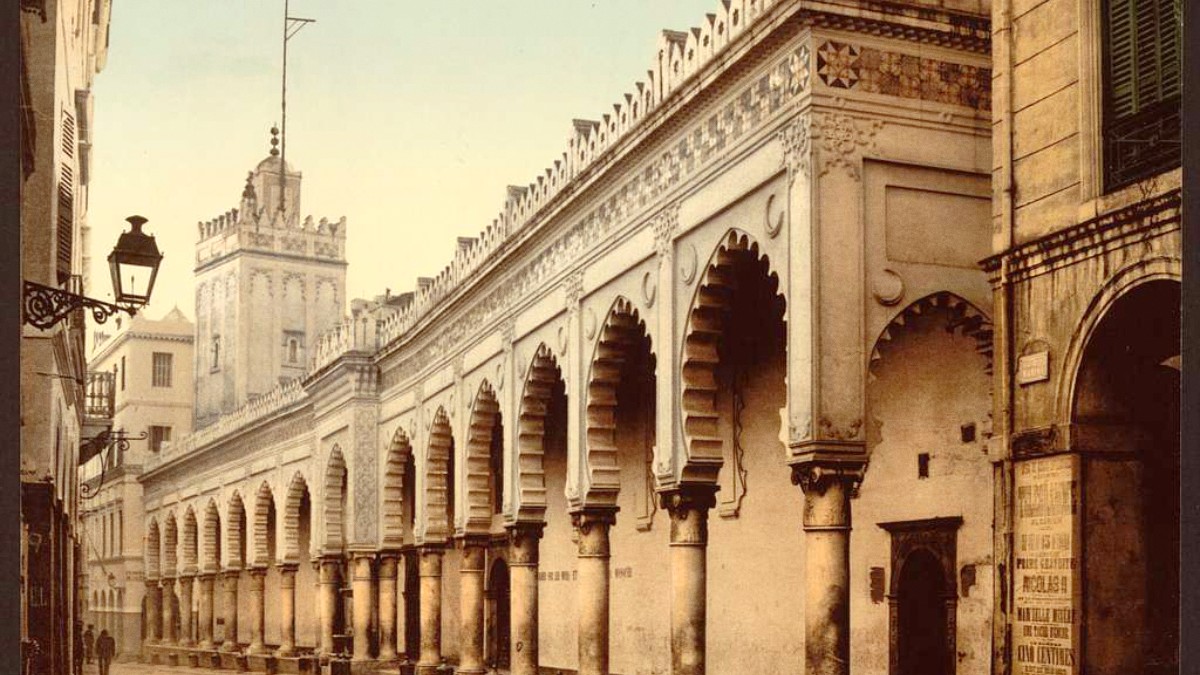
Algeria
You smell the aroma of mint tea and spices wafting from bustling souks. Upon arrival, the city's energy becomes clear. Algiers is a place of movement and sound, a place where people live their lives with a compelling rhythm. From the grand colonial architecture of the lower city to the ancient, winding alleys of the Kasbah perched above, every corner tells a story. This city is a living museum, yet it hums with contemporary life.
Algiers rewards those who seek authentic encounters and embrace unexpected discoveries. Get ready for an adventure that engages all your senses. You gain a deep appreciation for Algeria’s past and its promising future. It promises memories that last a lifetime.
This guide provides practical information and local insights. Use it to move through Algiers effectively, connect with its spirit, and discover a city that defies expectations and offers a truly unique North African experience.
Algiers occupies a strategic and visually striking position along the central North African coast. The city spreads across hills surrounding the western side of a large bay on the Mediterranean Sea. This topography gives Algiers its distinctive character, with buildings cascading down slopes towards the water. The bay itself provides a natural harbor, historically making Algiers a significant maritime hub for centuries.
The Tell Atlas Mountains form a backdrop to the city, creating varied terrain. The lower parts of Algiers, near the port and waterfront, are relatively flat and house modern commercial and administrative districts. As you move inland, the city rises steeply. Here, you find the historic Kasbah, perched on a hill, offering panoramic views of the bay and the urban sprawl below. Its coastal location means Algiers experiences a Mediterranean climate.
City built on hills sloping towards the Mediterranean.
A large bay with a natural harbor, important for trade.
The Tell Atlas Mountains stand behind the city.
Mild, wet winters and hot, dry summers.
Hilly landscape shapes winding roads and cable car routes.
This hilly landscape shapes the city's layout, impacting transportation, views, and even microclimates within different neighborhoods. Its proximity to the sea also lends a certain humidity, especially noticeable during the warmer months.
The city’s growth has been outward and upward, adapting to its challenging terrain. You notice how roads wind and climb, and how cable cars connect lower districts to higher residential areas. This geographical reality makes Algiers a city best explored with comfortable footwear, ready for its inclines.
The views from its elevated points are a constant reward, offering sweeping vistas of the "white city" against the blue of the Mediterranean. Beyond the immediate urban area, the surrounding region has fertile plains to the east and west, historically important for agriculture.
Further south, the landscape changes towards the more arid conditions of the interior, eventually leading to the Sahara Desert. This diverse geography means that even a short trip outside Algiers can bring you into vastly different natural environments, from coastal plains to mountain ranges like the Chréa National Park in the nearby Atlas foothills.
Algiers has a long and complex history, shaping its identity and leaving a visible mark on its architecture and culture. Phoenicians established a trading post here, and the Romans later developed a settlement. The city's modern identity began with its rise as a powerful Ottoman regency. From the 16th to the 19th centuries, Algiers was a semi-autonomous state within the Ottoman Empire, known for its corsairs and maritime power.
This period saw the construction of the Kasbah, the walled citadel that forms the city’s historic heart and an UNESCO World Heritage site. The Kasbah's winding alleys, traditional houses, and Ottoman palaces link directly to this era. The year 1830 brought a profound shift with the French conquest of Algiers. This started 132 years of French colonial rule, which dramatically reshaped the city.
The Kasbah is a testament to Algiers' Ottoman past.
French rule introduced wide boulevards and grand architecture.
The city was central to the Algerian War of Independence.
French rule was not without resistance. The struggle for independence intensified in the mid-20th century, concluding with the Algerian War of Independence (1954-1962). The city’s streets became battlegrounds, and its people faced immense hardship. The Martyrs' Memorial, a prominent landmark, honors those who died during this war, a powerful symbol of national sacrifice and resilience.
Algiers functions as Algeria's political, economic, and cultural nucleus. Its population shows the nation’s diverse heritage.
The city earns its "Algiers the White" name with gleaming white buildings cascading down hillsides, creating a striking vista against the Mediterranean.
From elevated points, observe the bustling port, grand boulevards, and intricate Kasbah maze contributing to a dynamic skyline.
Algiers welcomes travelers who approach it with an open mind and respect for local customs.
Security measures are in place; general safety for tourists is good. Awareness of surroundings is always advised.
It offers a window into a country deeply rooted in its past and actively building its future.